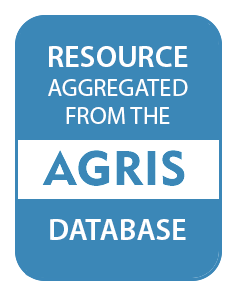effective approach for land-cover classification from airborne lidar fused with co-registered data
Airborne lidar provides accurate height information of objects on the earth and has been recognized as a reliable and accurate surveying tool in many applications. In particular, lidar data offer vital and significant features for urban land-cover classification, which is an important task in urban land-use studies. In this article, we present an effective approach in which lidar data fused with its co-registered images (i.e.

